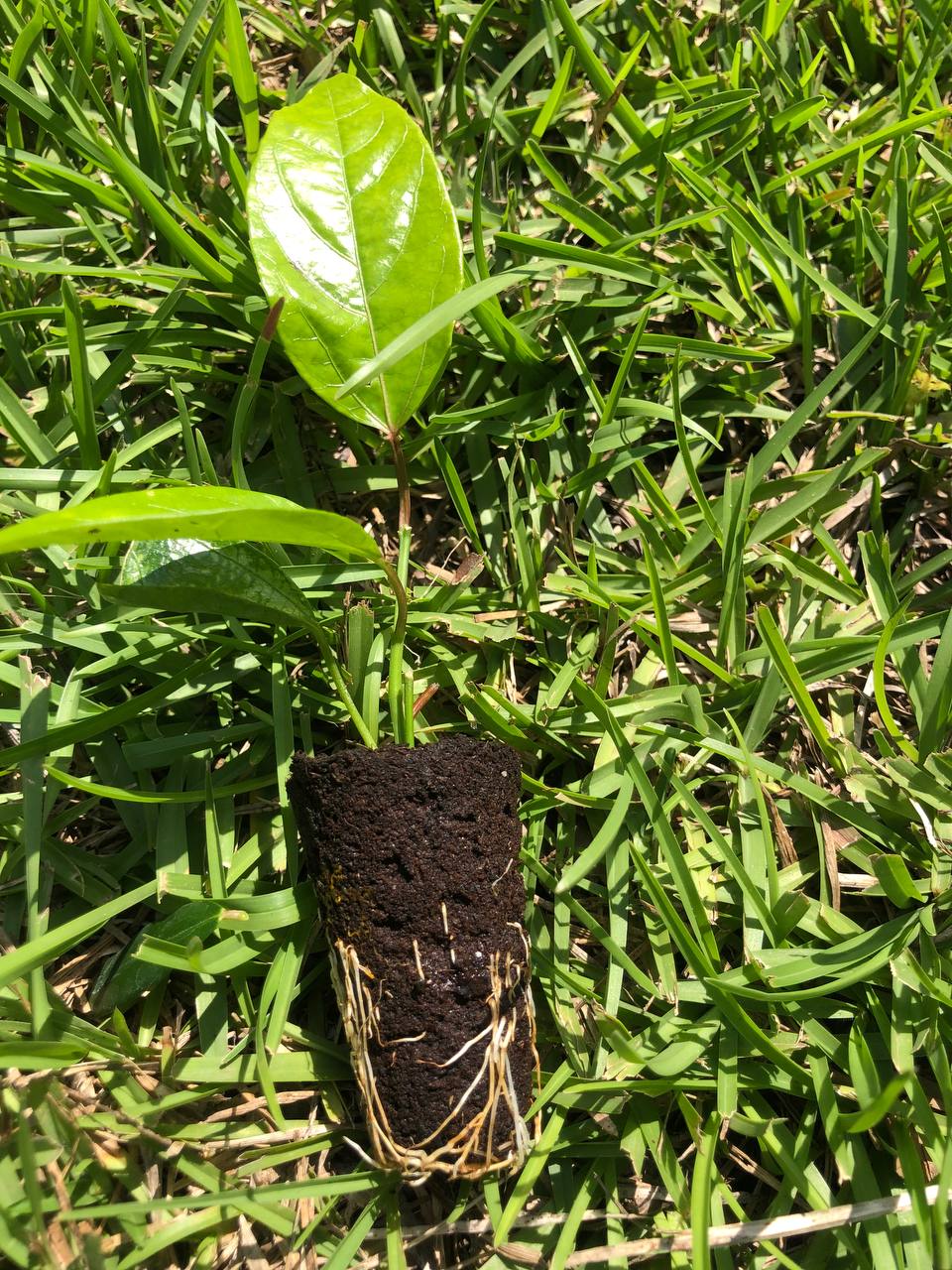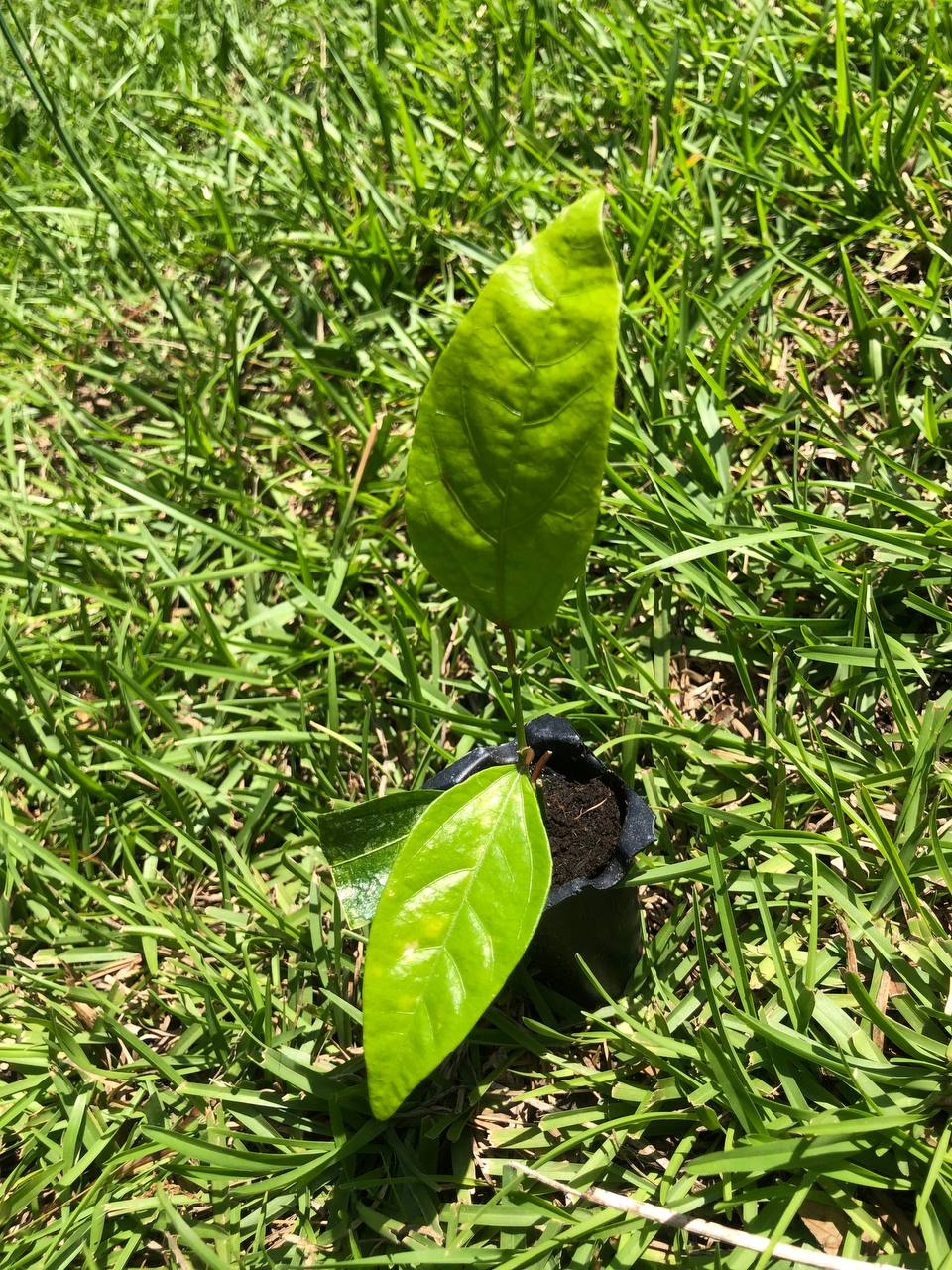Passion fruit | Size: 5-10 inch | Variety : Purple Maracuya
Passion fruit | Size: 5-10 inch | Variety : Purple Maracuya
Couldn't load pickup availability
USDA Hardiness Zones
-
Zones 9b–11
(Can grow in Zone 8b with winter protection)
🌡️ Temperature Tolerance
-
Optimal growing temps: 68–86°F (20–30°C)
-
Frost-sensitive:
-
Can tolerate brief dips to 30°F (-1°C) once mature
-
Below 28°F (-2°C) will likely kill the vine or severely damage it
-
-
Young plants are more sensitive — protect from any frost
📍 Where It Grows Well
-
Southern Florida
-
Southern Texas
-
Coastal and Southern California
-
Zone 8b (like Georgia) with protection or container growing
🛡️ Tips for Zone 8 Growers:
-
Grow in large container and bring indoors/greenhouse in winter
-
Or grow outdoors in a microclimate (south-facing wall, frost cloth in winter)
-
Mulch the root zone heavily in winter to protect from cold
🌱 Summary:
| Feature | Details |
|---|---|
| USDA Zones | 9b–11 (Zone 8b with protection) |
| Cold Tolerance | ~30°F (brief), dies below 28°F |
| Sunlight | Full sun |
| Soil pH | Slightly acidic (6.0–6.5) |
| Fruit-bearing age | ~1–2 years |

Climate & Zone Requirements
-
Best USDA Zones: 9b–11
-
Can grow in Zone 8b with frost protection or in a container
-
Frost-sensitive: Dies below 28°F (-2°C) unless protected
🔹 2. Choose the Right Spot
-
Sun: Full sun (6–8+ hours daily)
-
Shelter: South-facing wall or trellis is ideal
-
Space: Needs lots of space to vine (can grow 15–30 ft)
🔹 3. Soil Requirements
-
Type: Well-draining, fertile
-
pH: Slightly acidic to neutral (6.0–6.5)
-
Amendments: Mix compost or aged manure before planting
🔹 4. Planting Instructions
📍 In-Ground (Zone 9b+)
-
Dig hole twice the size of root ball
-
Plant crown just above soil level
-
Water deeply after planting
🪴 In a Container (Zone 8b or colder)
-
Use a 15–25 gallon pot
-
Use well-draining mix (potting soil + perlite + compost)
-
Support vine with a trellis or arbor
-
Bring indoors or to greenhouse during winter
🔹 5. Watering
-
Keep soil consistently moist, but not soggy
-
Deep water 2–3 times/week (more during hot/dry spells)
-
Reduce watering in cooler months
🔹 6. Fertilizing
-
Feed monthly during spring/summer with balanced fertilizer (10-10-10)
-
You can also use fruit tree or citrus fertilizer
-
Stop fertilizing in late fall
🔹 7. Trellis & Support
-
Needs strong support to climb:
✔ Fence
✔ Trellis
✔ Arbor -
Train vines early for good shape and airflow
🔹 8. Pruning
-
Prune in late winter or early spring
-
Remove dead, tangled, or weak vines
-
Encourage lateral branching (more flowers = more fruit)
🔹 9. Pollination
-
Self-pollinating, but bees and butterflies increase yields
-
Hand-pollinate if fruit set is low (use a soft brush to move pollen)
🔹 10. Harvesting
-
Fruit ripens about 70–90 days after flowering
-
Pick when fruit turns deep purple and falls off vine or pulls easily
-
Fruit is best when slightly wrinkled = fully ripe
🔹 11. Cold Protection in Zone 8b
-
Mulch heavily (3–6 inches) around base in late fall
-
Cover with frost cloth during cold nights
-
Or grow in container and move indoors in winter
-
In-ground plants may die back to roots and regrow in spring if cold isn’t too severe
🔹 12. Common Problems
-
Root rot – avoid poor drainage
-
Spider mites, aphids, mealybugs – treat with neem oil or insecticidal soap
-
Fungal leaf spots – improve airflow, avoid overhead watering








